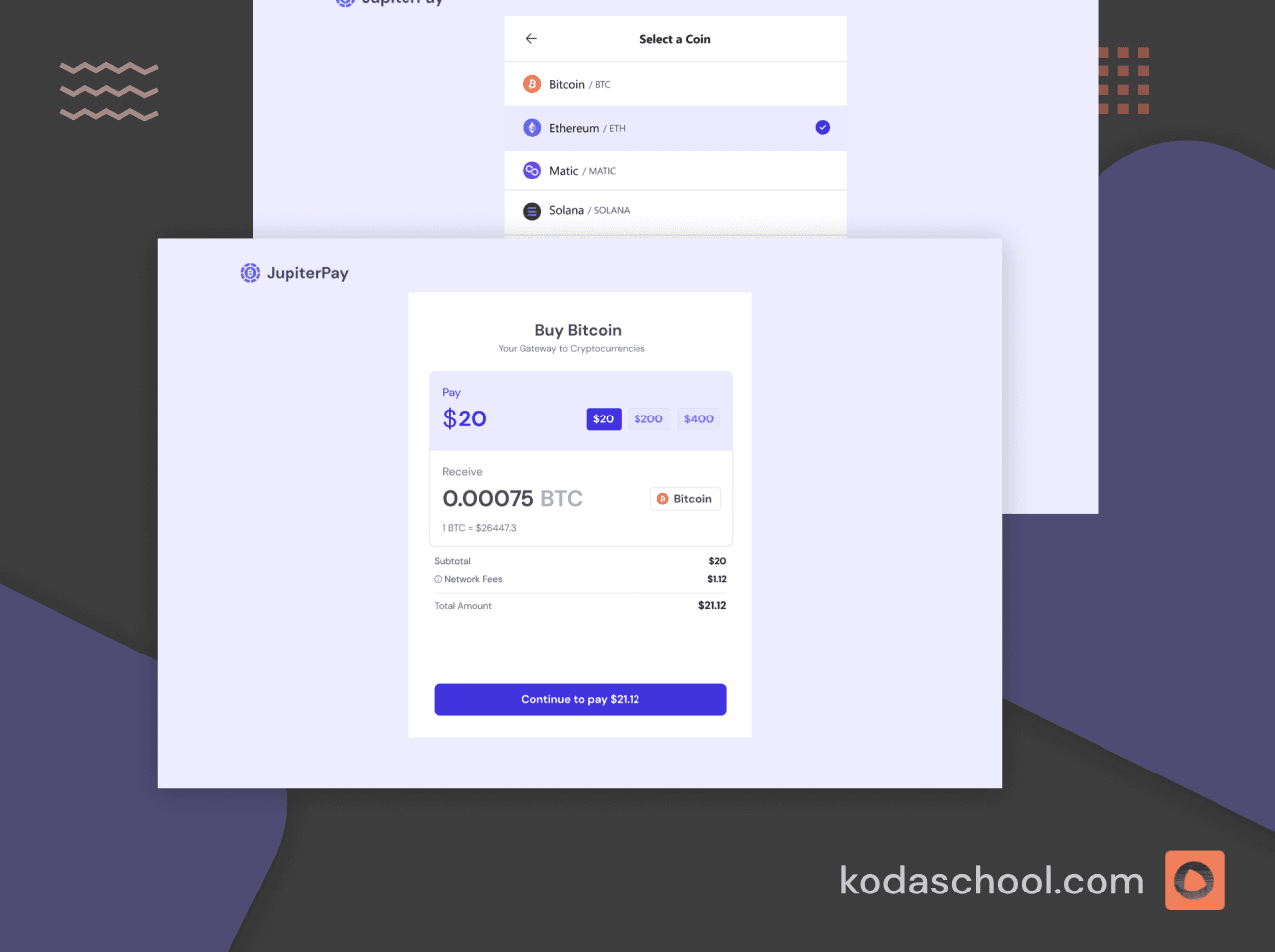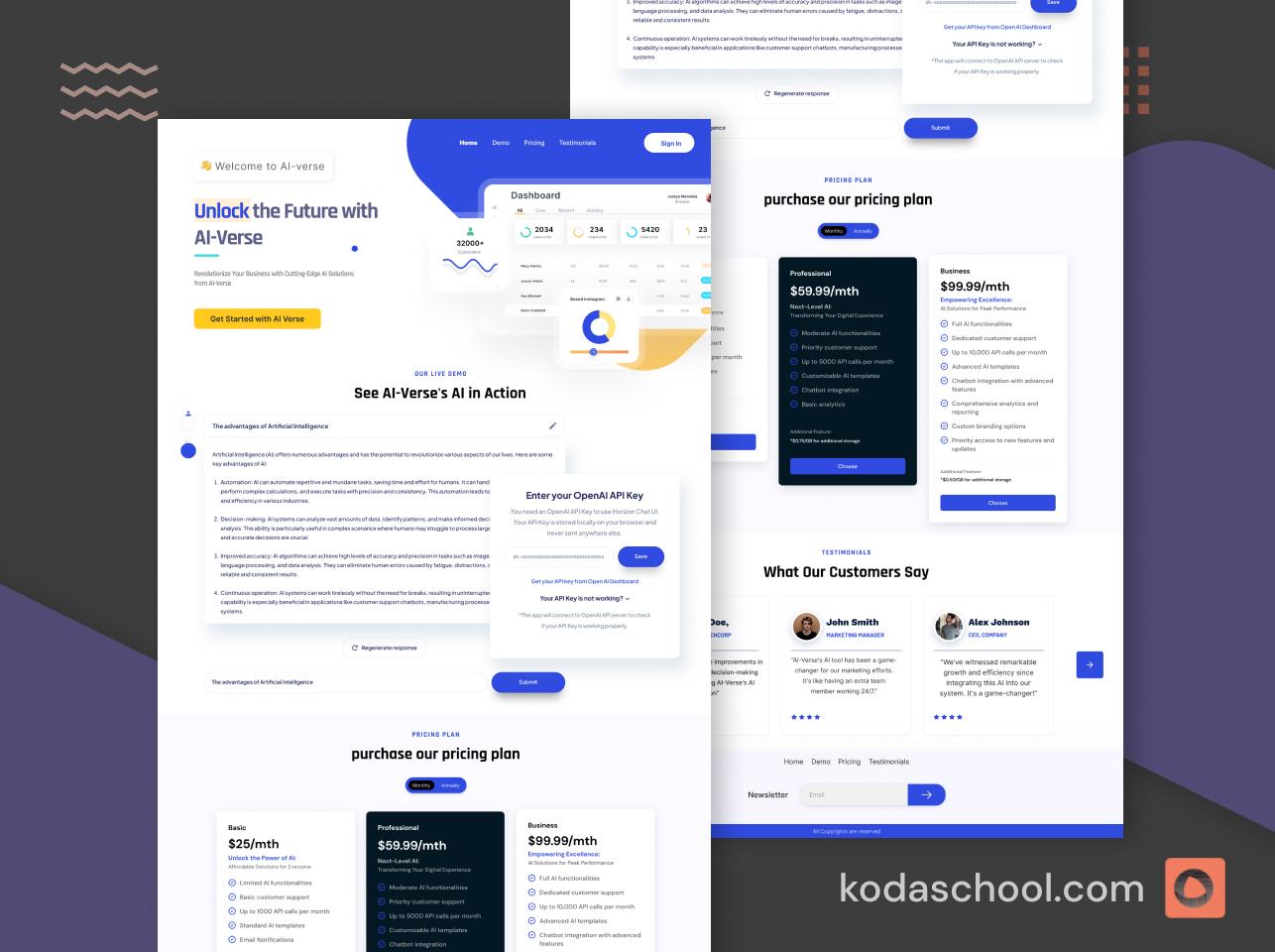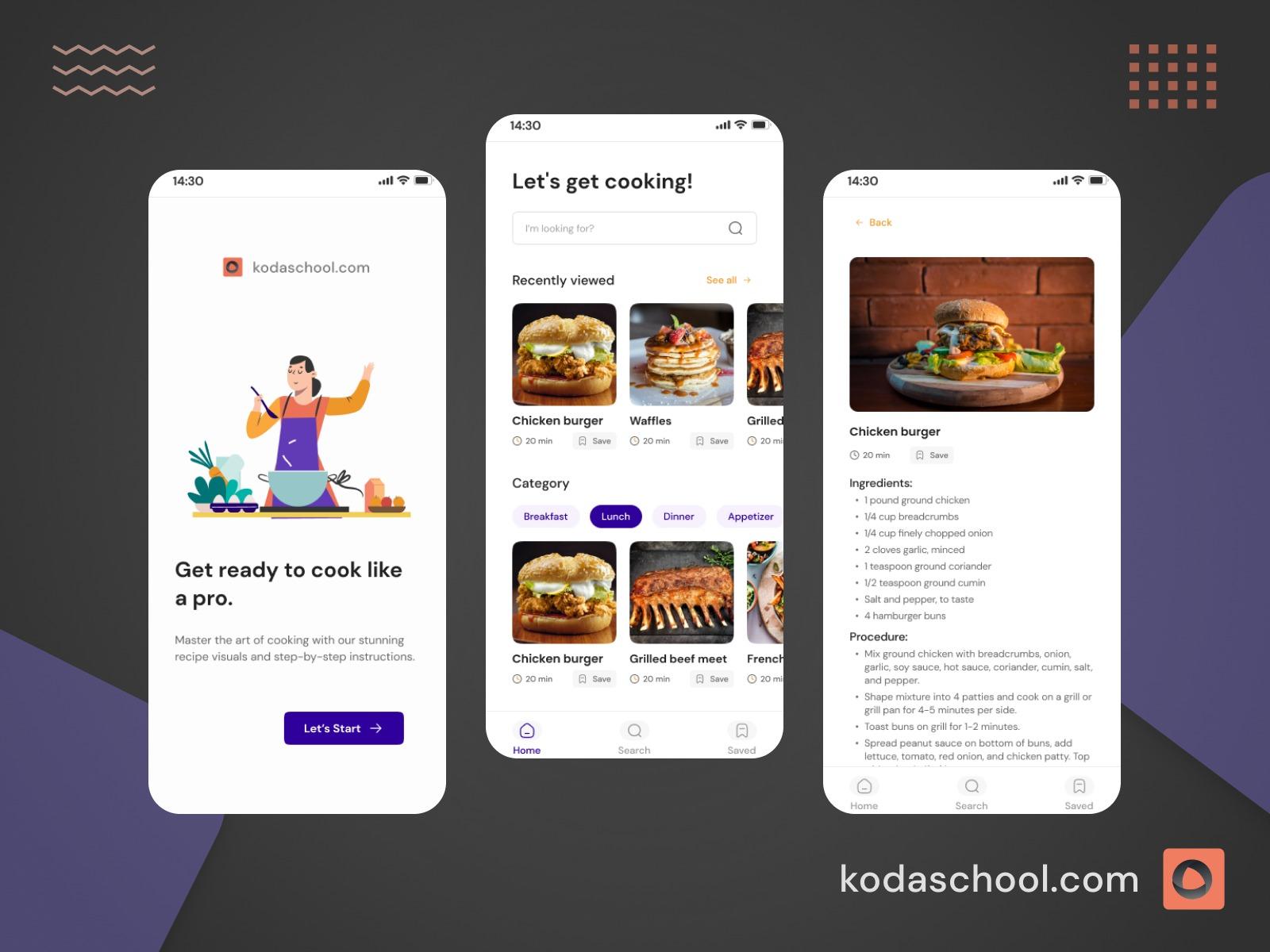Spring Beans Explained: What They Actually Are and When to Use Them
Introduction
If you've ever been confused about what exactly a "Spring Bean" is, you're not alone. I remember staring at my screen, seeing @Component, @Service, and @Bean everywhere.
"Aren't these just Java objects? Why all the fancy names?" Turns out, understanding the difference between POJOs, Java Beans, and Spring Beans was the missing piece. Let's clear this up in plain English.
Prerequisites
Before diving in, you should be familiar with:
- Basic Java classes and objects
- Object-oriented programming concepts
- Simple annotations in Java
Try Kodaschool for free
Click below to sign up and get access to free web, android and iOs challenges.
Key Terms We'll Use
- POJO - Plain Old Java Object (a simple Java class with no special rules)
- Java Bean - A POJO that follows specific naming conventions
- Spring Bean - Any object whose lifecycle is managed by the Spring IoC container
- IoC Container - Spring's mechanism for creating and managing objects
- Dependency Injection - The process of providing dependencies to objects
First Things First: What Are We Actually Talking About?
Lets traceback just a little beat to the context of beans in java...
We'll start by defining these three concepts below
1.POJO (Plain Old Java Object)
Just a regular Java class with no special rules. It's your basic building block:
public class User {
private String name;
// No special requirements - just a simple class
}
2.Java Bean: The Standardized POJO
A Java Bean is a POJO that follows three specific rules to work seamlessly across your application or to be universally usable:
These rules include:
Private Instance Variables
Keep your class properties private to protect program state.
public class User {
private String name;
private int age;
}Public Getters and Setters
Provide controlled access to private fields.
public String getName() {
return name;
}
public void setName(String name) {
this.name = name;
}No-Argument Constructor
Include a constructor with no parameters.
public User() {
}When to Use Java Beans
Use Java Beans when passing data between application layers:
- Controller to Service - Receiving and processing requests
- Service to Repository - Saving data to databases
- JSON serialization - Converting objects to/from JSON
- Framework integration - Spring, Hibernate, and other frameworks expect these conventions
public class User implements Serializable {
private String name;
// Rule 1: No-argument constructor
public User() {}
// Rule 2: Getters and setters
public String getName() { return name; }
public void setName(String name) { this.name = name; }
}Rules checklist:
✓ No-arg constructor
✓ Getters and setters
✓ Serializable (usually)
✓ Private fields
3.Spring Bean: The Managed Object
What's a Spring Bean?
It's any object that Spring assembles and manages in its workshop. The key isn't what the object is - but that Spring controls its entire lifecycle.
It's any object that Spring creates, manages, and serves to you when you need it. The material doesn't matter - what matters is that Spring handles everything from creation to cleanup.
Let me share the analogy that finally made sense:
Imagine you're building a digital coffee shop ☕. You have:
- A
CoffeeGrinderclass (your POJO) - A
MilkFrotherclass (another POJO) - A
Baristaclass that needs both
The Old Way (Manual Management):
public class Barista {
private CoffeeGrinder grinder = new CoffeeGrinder();
private MilkFrother frother = new MilkFrother();
// You're doing all the work yourself!
}When you use new you're bypassing Spring's workshop entirely. No dependency injection, no lifecycle management - just a lonely object that doesn't know about its surroundings.
The Spring Way (Letting Spring Help):
@Component
public class Barista {
private final CoffeeGrinder grinder;
private final MilkFrother frother;
public Barista(CoffeeGrinder grinder, MilkFrother frother) {
this.grinder = grinder; // Spring provides these!
this.frother = frother;
}
}See the difference? In the second example, you're telling Spring: "Hey, I need a Barista - you handle finding the grinder and frother and putting it all together!"
Spring's Workshop: How Beans Come to Life
Here's what happens behind the scenes in Spring's workshop:
- "I need this!" - You annotate a class with
@Component - "Got it, let me build that" - Spring finds your class during component scanning
- "What parts do you need?" - Spring looks at your constructor parameters
- "Let me gather the pieces" - Spring finds or creates the dependencies
- "Putting it all together" - Spring calls your constructor with everything needed
- "Ready to serve!" - Your bean is now managed by Spring
The beautiful part? You don't manage any of this. You just declare what you need, and Spring handles the rest.
Spring's Secret Kitchen(Overview)
Here's what happens behind the scenes in Spring's kitchen:
When you annotate a class with @Service, it's like giving Spring a recipe. Spring finds your recipe during what's called "component scanning," looks at the ingredients you need (your constructor parameters), gathers them from its pantry, and serves you a fully-prepared object.
The beautiful part? You don't wash the dishes, you don't measure the ingredients - you just enjoy the finished coffee.
For Most Cases (The Easy Button):
@Service // "Spring, manage this service class"
public class UserService {
// Your business logic here
}
@Repository // "Spring, this talks to the database"
public class UserRepository {
// Database operations here
}When You Need More Control:
@Configuration
public class CoffeeShopConfig {
@Bean // "Spring, here's exactly how to make a ComplexCoffeeMachine"
public CoffeeMachine complexCoffeeMachine() {
// Custom setup logic here
return new FancyCoffeeMachine();
}
} The Conditional Approach (For Flexibility)
Use @Conditional or @Profile when you only want beans created in specific environments or under certain conditions.
What Actually Happens: The Bean Lifecycle ...
When Spring creates a bean, it goes through several phases. You don't need to memorize them all, but it helps to know the key points where you can hook in:
- Instantiation → Spring creates the object
- Dependency Injection → Spring fills in the dependencies
- Custom Initialization → Your
@PostConstructmethods run - Bean is Ready → Your application uses it
- Custom Destruction → Your
@PreDestroymethods run before shutdown
The key insight: Spring manages this entire process automatically. You focus on your business logic, and Spring handles the object lifecycle.
Quick Tips for Daily Use
- Prefer constructor injection - it makes your code cleaner and easier to test
- Use
@Primarywhen you have multiple beans of the same type - Avoid
newkeyword in Spring-managed classes - it bypasses Spring's management - Let Spring handle dependencies - don't try to wire things up manually
When Should You Care About This?
- Getting started? Just use
@Serviceand@Componentand let Spring do its thing - Working with external libraries? Use
@Beanin configuration classes - Need environment-specific behavior? Explore
@Profileand@Conditional - Debugging weird behavior? Understanding the lifecycle helps trace issues
Remember This One Thing
Spring Beans aren't a new type of object - they're just your regular Java objects that Spring creates, wires together, and manages for you.
CHEATSHEET SUMMARY:
- Starting a new class? Use
@Service,@Component, or@Repository - Working with third-party libraries? Use
@Beanin configuration classes - Debugging null dependencies? Check you're not using
newin Spring-managed classes - Multiple beans of same type? Use
@Primaryto tell Spring which one to prefer
Happy Coding :)






